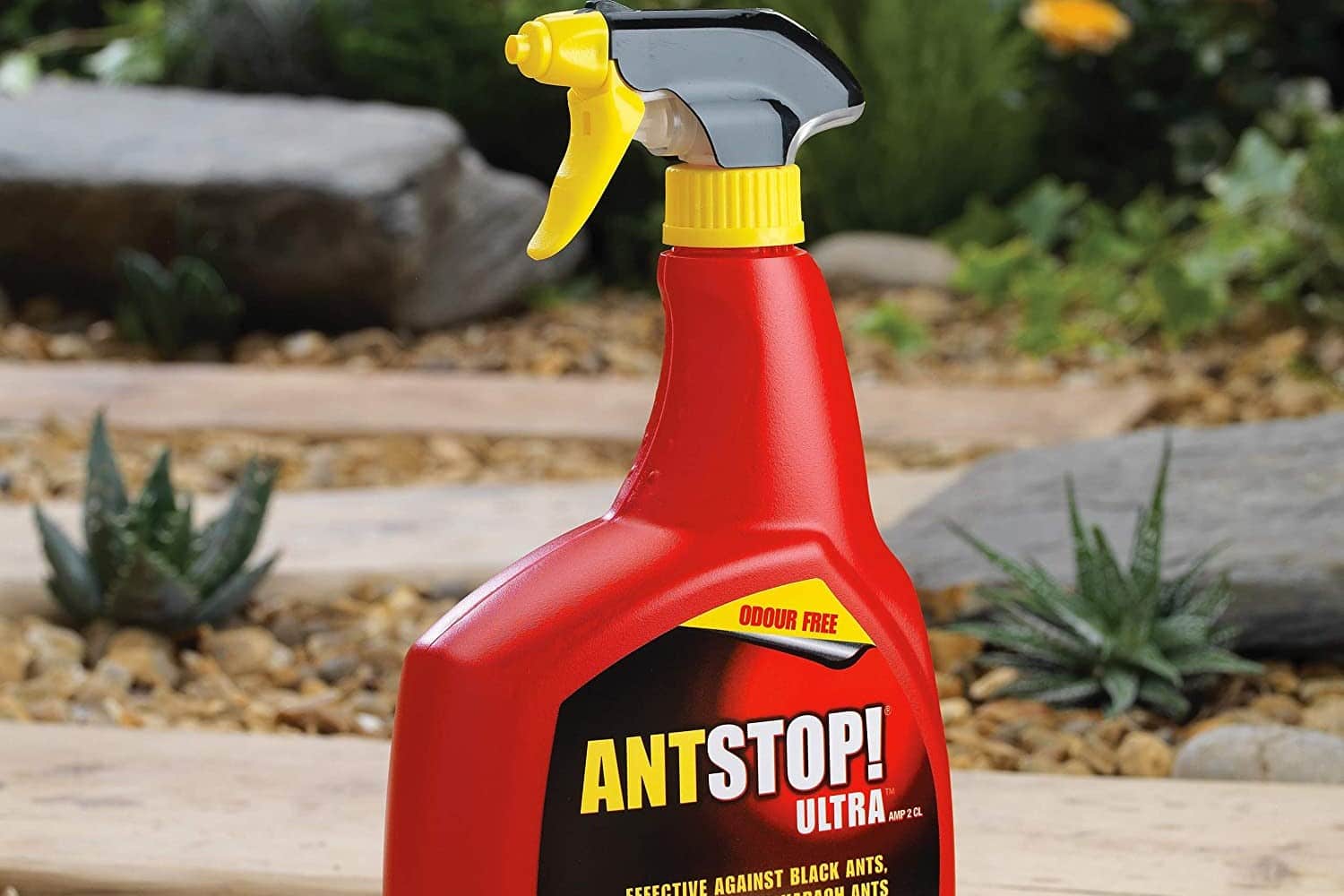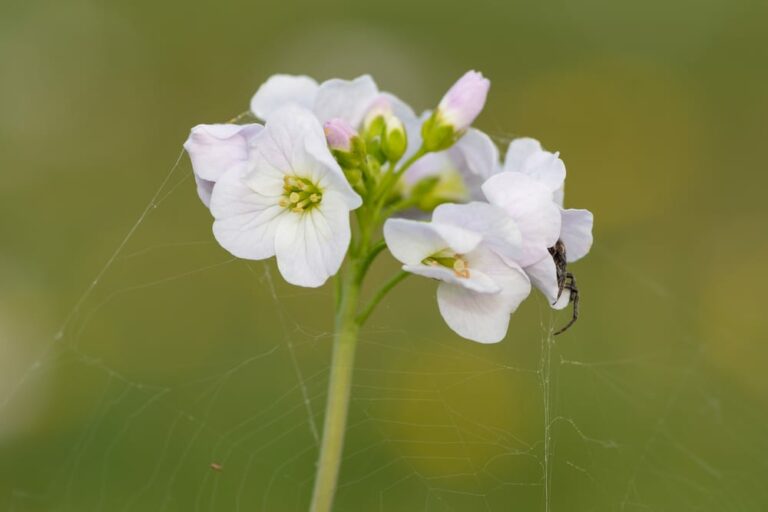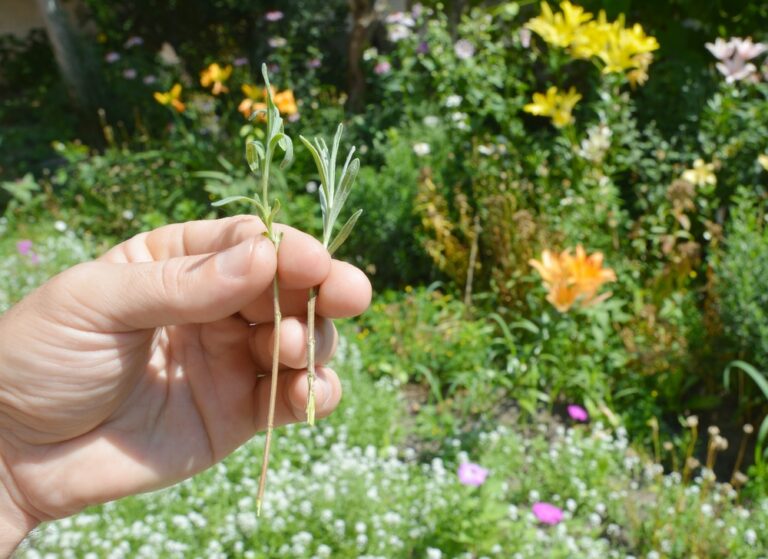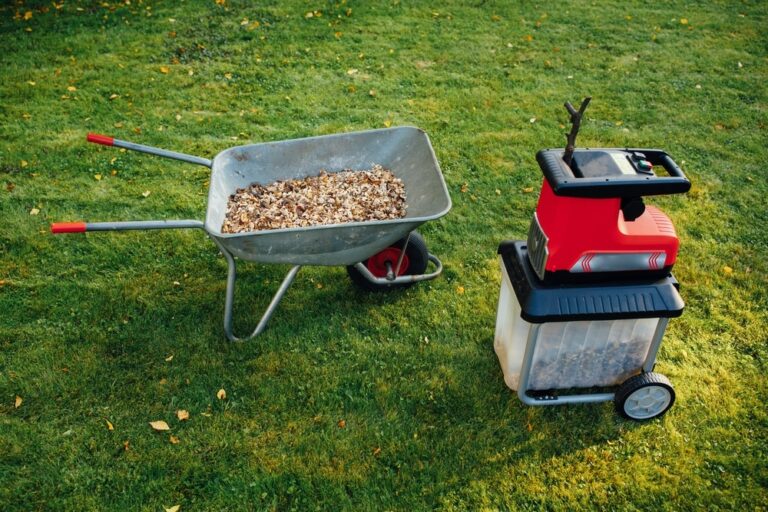Unfortunately, ants are a common household problem. It only takes one or two to discover a few crumbs, and before you know it, you’ll have hundreds raiding your kitchen. Luckily, there are plenty of common household products that you can use to make your own homemade ant killer, avoid costly chemical versions that can be damaging to your health, and not always be that effective. Here’s how to make ant killer that really works.
Why Do Ants Come Into My House?

While ants typically build their colonies outside, they will head into your home on the lookout for food and water. The kitchen is, understandably, a prime zone for ants. It is even more so if you have pets or young children that tend to create lots of bits of leftovers that are easily scattered around.
From spilt sugary drinks to dirty dishes, ants will take advantage of any situation. Once they have established trails going into your home, they will continue to visit, creating even stronger trails that more ants follow even when the original food source has been exhausted.
The Most Effective Homemade Ant Killers
If you don’t have pets or young children at home, or if you do, but your ant problem is located in an area that is inaccessible to them (such as high up in a kitchen cupboard), you’ll definitely want to try one of our most effective homemade ant killers first.
What makes these two DIY ant killer formulas so effective is that they don’t just kill the ants, but they are also attracted to them and take them back to their colony, eventually killing off the entire ant’s nest. While you won’t get instantaneous results, these methods ensure that all ants will die in time, rather than just killing off or repelling the workers. With a little patience, your home will become an ant-free zone.
Boric Acid and Sugar Water
Mix eight teaspoons of powdered sugar into a small cup of water, then stir in one teaspoon of boric acid. Store the mixture in a sealed container. As boric acid is a slow-acting poison, you will want to use this DIY ant killer solution for several weeks to make sure it gets carried back to the nest and wipe out the entire colony.
Cut up some small pieces of waxed paper or use any small recipients you have to hand. Place these in areas where you have seen ants and add just a few drops of your sugar and boric acid solution. Don’t kill off the ants as they invade your home, as you’ll need them to take the solution back with them to get rid of your ant problem fully.
Top up your bait in your homemade ant traps with an extra solution every day. After three to four days, you should already be able to spot a reduction in the number of ants, with complete eradication occurring in around two weeks.
Although boric acid is not very toxic to humans and animals, you won’t want to use this ant killer in areas where young children or pets have access, just in case.
Borax, Margarine and Sugar
As some ants are more drawn to fatty substances, you can try out this DIY ant killer recipe with margarine, or you could use vegetable oil or peanut butter. Mix a teaspoon of borax with a tablespoon of powdered sugar and combine with a teaspoon of margarine. If you are using vegetable oil, you will have a liquid formula to dispense in drops like the previous recipe. Stir it until well blended to make an even mixture. If you are using margarine or peanut butter, you will be able to put small crumbs of the mixture on waxed paper or pieces of plastic near where you see ant trails.
This mixture will work similarly to the previous one, the ants will carry the poison back to their colony, and little by little, it will get shared out amongst them, slowly killing the workers and eventually the queen.
Make sure that this DIY ant mixture cannot be accessed by your pets or children, especially as its fat content may make it extra appealing to your cat or dog. If you have pets or children at home, take a look at the following section.
Ant Killer for Homes With Children and Pets
If you have kids and pets at home or just prefer a more natural method to get rid of ants, the following DIY suggestions are for you.
Diatomaceous Earth
Food-grade diatomaceous earth makes an excellent choice to prevent ants from accessing your home. While diatomaceous earth won’t kill a whole ant colony, unlike the previous ant killer recipes containing borax or boric acid, this organic ant killer will kill all ants who venture where you have used it.
Safe for use around pets and children, diatomaceous earth is made from tiny aquatic fossils with extremely sharp microscopic edges. It is one of the most natural, eco-friendly ways to keep ants away. Sprinkle it around areas where you have an ant problem, and any ants that pass through powered areas will get cut, dry out and die.
Bicarbonate of Soda and Sugar
Make a DIY ant trap that won’t harm your kids or pets using baking soda and icing sugar. First, mix a small amount of baking soda and sugar, then place the mixture on small lids in areas where you often spot ants. The ants are attracted to the sugar, while the baking soda will get to work drying out their bodies, killing them off. You can also place this mixture around ant hills to ensure that a large amount makes it back to the colony.
Dish Soap and Glass Cleaner
Mix your window cleaner with dish soap and pour it into a spray bottle. Spray down any areas that ants pass through. Doing so will help to repel ants, as well as remove their scented pheromone trail. This spray will put a stop to the superhighway of ants coming in and out of your home. Although it won’t kill ants, it will keep them away.
You can also use this non-toxic ant spray in conjunction with our other homemade ant killer recipes. Spray selected areas to prevent ants from progressing into your kitchen while leaving other areas spray-free to guide them to your ant baits, ensuring more ants take home more poison.
After you have used your homemade ant spray, you’ll want to lightly wipe down the surface to ensure that a slight residue remains. Then, spray several times a day to keep ants away and remove ant trails.
White Vinegar Ant Repellent Spray
If you are looking for an excellent ant repellent spray, try this homemade recipe using white vinegar, baking soda and dish soap. Mix approximately 500ml of white vinegar with two tablespoons of baking soda and dish soap. Make sure that you do this in a large bowl as there will be some foaming that you will need to allow to settle, so add the ingredients in slowly.
When the foam has diminished, pour your mixture into a spray bottle and add water to fill it up to the top. Spray on surfaces where ants can be a problem and head them off by also using it around any entry points around your house. As white vinegar and dish soap are also excellent cleaning agents, this DIY spray will also keep your kitchen nice and hygienically clean. You can also use other types of vinegar, such as apple cider vinegar, depending on what you have to hand.
Don’t Rely On Aspartame
If you have spent some time searching for a homemade ant killer, you may have seen some recommendations for using artificial sweeteners, mainly aspartame, to kill ants. While aspartame frequently features on websites as a tried-and-tested way to get rid of ant infestations, unfortunately, as demonstrated by this study, aspartame does not really have any effect on ants.
So don’t waste your time and risk encouraging ants with artificial sweeteners! Instead, use any of the above homemade ant killer recommendations for actual results in getting rid of your ant infestation. Also, see our tips below on other ways to help kill ants in your house.
Other Tips to Get Rid Of Ants
According to the BCPA (British Pest Control Association), Black Garden Ants are the most common type of ant that you’ll have problems with entering your home. Here are some great ideas that you can use in conjunction with your homemade ant killer to help keep ants out of your house.
- Pour boiling water into ant nest entrances – if you have a lot of ants coming into your home, take a couple of minutes to follow the trail back to their nest. Once you have their colony located, pour boiling water into the entrances. While this won’t fully eradicate all ants, it’s a great way to take many of them out and cause substantial damage. Combined with using homemade ant killer, you’re going to be a lot more successful at getting your home ant-free sooner.
- Seal off any entry points to your home – another simple yet highly effective step. Follow back the trail of ants and find out where they are getting in. It could be as simple as a small gap in your window sealant or a crack in your door. A lot of ant entry points can be sealed off in minutes with sealant, and once the trail is broken, you won’t have any more visitors. However, it pays to keep up using your ant killer or ant spray just in case they find another entry point so you can head them off before it becomes a major ant food highway.
- Clean surfaces thoroughly after meals and food preparation – aside from using your homemade ant killer, you should try to remove the attraction causing ants to enter your home in the first place. Once their food supply dries up, they will be forced to go elsewhere. As even small leftover pieces of food can be a feast for ants, start with a deep clean, then make sure that you clean all dining and food preparation surfaces thoroughly straight after use.
- Store food safely – make sure that you store open foods in sealed containers inaccessible to ants, especially sugar and sweet foods.
- Clean pet bowls immediately after use – ants often go for leftover pet food. If your cat or dog doesn’t always finish all of their meal, ants won’t hesitate to help themselves, plus the location of your pet’s food bowls makes it extra easy for them. Once your pet is done with their meal, make sure you throw away any remaining wet food or biscuits and rinse out the bowls. You could also use a feeding mat, then wipe it down after use or vacuum quickly round to ensure any scraps are removed before ants have a chance to invade.
- Empty your kitchen bin every day – with your kitchen no longer an ant temptation; ants may make a beeline for your bin as the last remaining feasting hole. Emptying your bin every day will encourage ants to try to get to your bin outside rather than heading straight to your kitchen bin.
Start Making Your Own Ant Killers
If ants are becoming a problem in your home, plenty of effective homemade ant killers really work. Inexpensive and easy to use, most make use of ingredients you’ve probably already got in your home. For homes with young children or pets, there are non-toxic ant killers that you can make up to ensure that everyone stays safe.
While ants certainly are pesky and persistent, our DIY ant killer recipes and tips for getting rid of ants from your home will help you to become ant-free and stay that way with minimal effort.
Having learned how to make ant killer, you now need to decide which homemade ant killers you will use for your home. Let us know what works for you!







